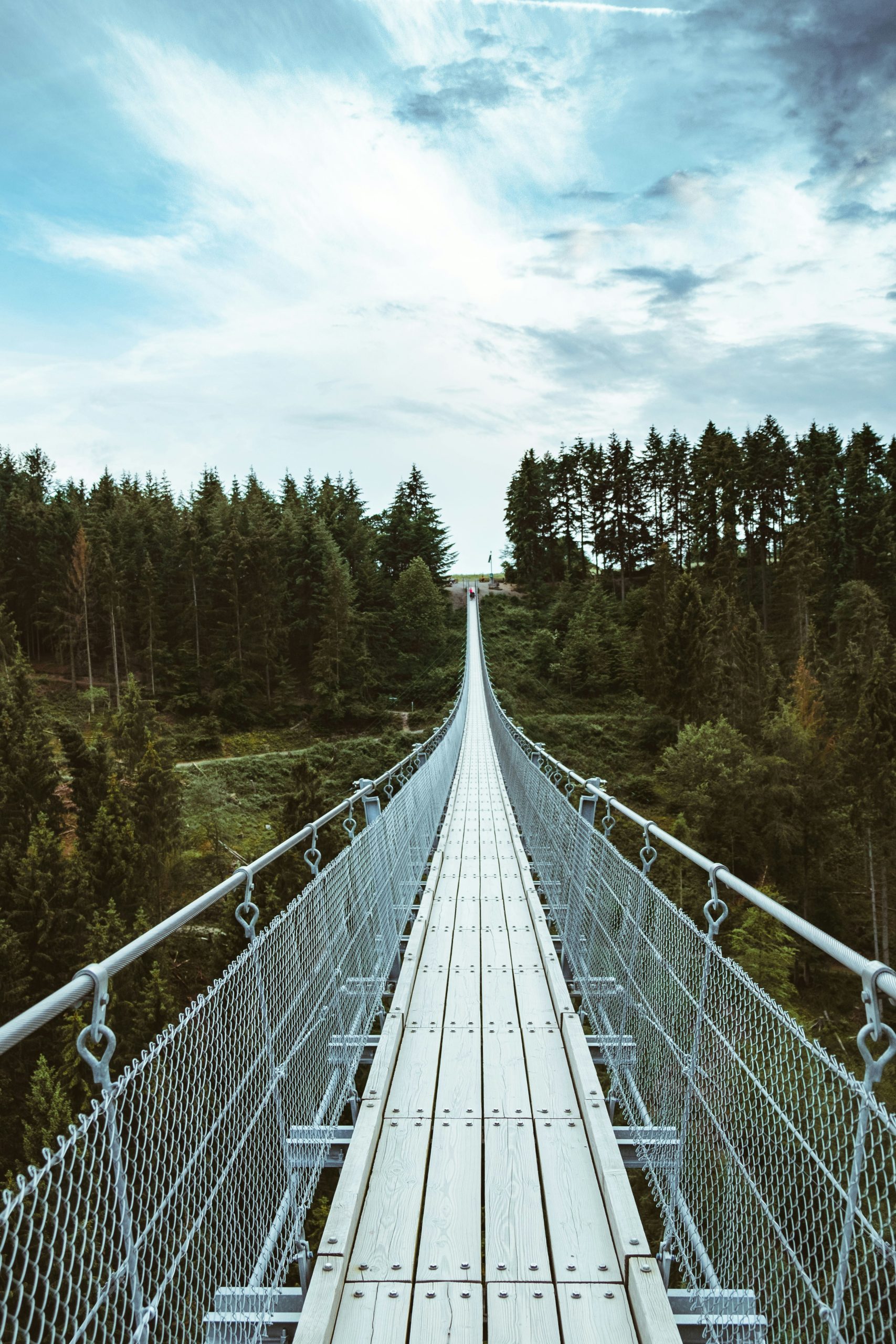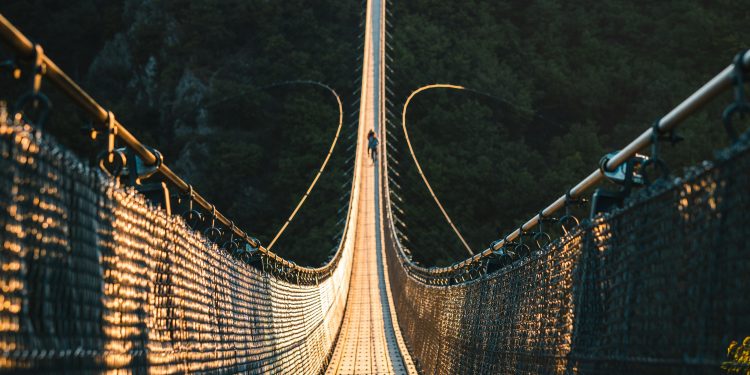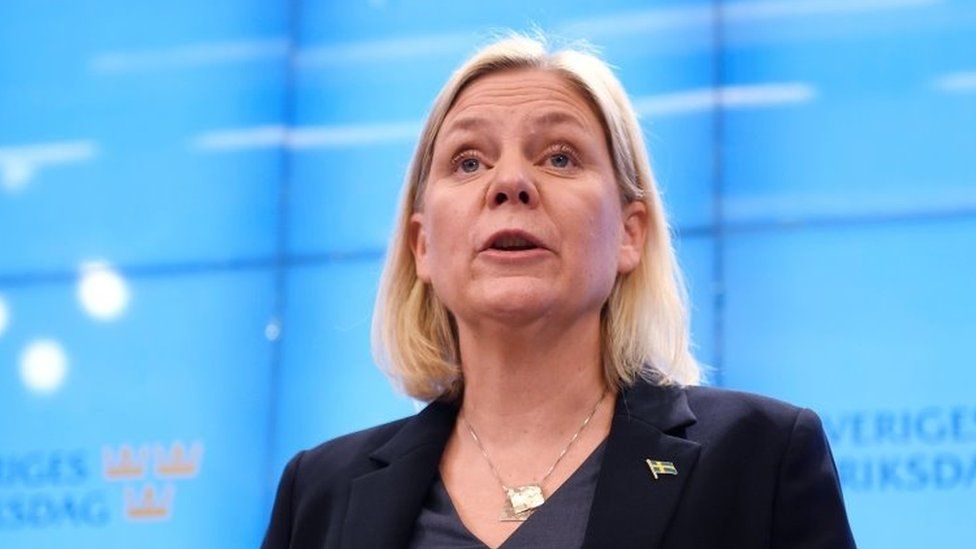Five tourists died and 24 others were injured when a suspension bridge catastrophically failed in China’s northwestern Xinjiang region on Wednesday evening. The tragedy occurred at 6:18 p.m. local time in the Xiata scenic area of Ili Kazakh Autonomous Prefecture, a popular destination known for its mountain valleys and ancient cultural ruins.
Disturbing videos verified by Reuters reveal the twisted wreckage of the tourist bridge, its handrails dangling over a river as rescue workers scrambled below. One clip shows emergency responders carrying a victim on a makeshift wooden stretcher, while another captures at least two motionless bodies lying beneath the partially collapsed structure. The 65-square-kilometer nature park, featuring dramatic mountain passes and archaeological sites, has been immediately closed pending a full safety review.
Meanwhile, China’s central government has dispatched a high-level investigative team to Xinjiang following the deadly infrastructure failure. According to Xinhua News Agency, the specialists will oversee both victim assistance and the technical inquiry into why critical support cables failed on what should have been a routine tourist crossing. The incident marks one of China’s deadliest bridge accidents since 2022, when a highway overpass collapse in Hunan province killed 16 people.

Xiata Scenic Area’s Safety Record Under Investigation
The disaster has cast harsh light on maintenance protocols at Xinjiang’s nature tourism sites, which have seen surging visitor numbers as domestic travel rebounds post-pandemic. While state media reported the bridge met all regulatory standards during its last inspection, local authorities now face tough questions about why a key tourist infrastructure element failed during normal operating conditions.
The Xinjiang bridge collapse is following a pattern of similar incidents nationwide, including a 2016 suspension bridge failure in Henan that killed 12 and prompted nationwide safety overhauls.
What Happens Now for Xinjiang’s Tourism Industry?
With the scenic area closed indefinitely and China’s State Council now involved, there are speculations that sweeping safety inspections across Xinjiang’s nature parks will be enforced. As it stands, the region’s tourism bureau faces mounting pressure to reassure visitors about remaining attractions, even as grieving families demand answers about Wednesday’s preventable tragedy.

















